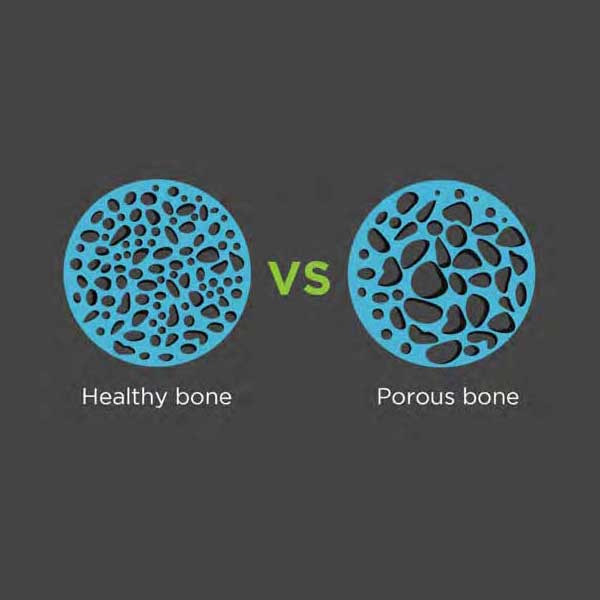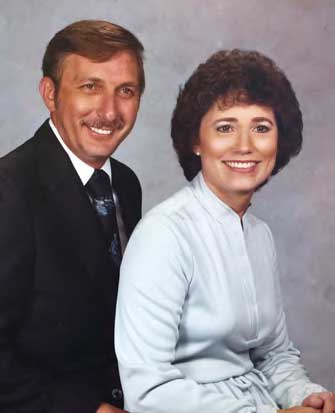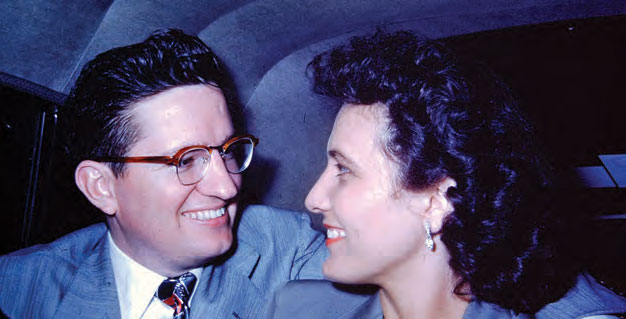Getting over the hurdles together

Staying fit is vital for people of all ages especially seniors. Exercise increases flexibility, reduces pain and joint stiffness, improves balance and mobility along with strengthening, and weight control and lifts your spirit. To help you overcome some common excuses for skipping exercise, here are some helpful ideas from the Arthritis Foundation. Always check with your physician before starting a new exercise regimen.
Excuse #1: “I have no time to work out.” One thing about Kirby Pines is that there is always something to do here which can usurp time for exercise, Health experts recommend 5 times per week for a minimum of 30 minutes; that’s only 150 minutes weekly. Exercise classes are offered 5 days a week with lots of variety and the Oasis is open 24/7 for equipment workouts. Walk a few extra halls around Kirby Pines for a quick stroll at lunchtime, it all adds up.”
Excuse #2: “I’m in too much pain.” When you’re hurting already, it’s difficult to find the motivation to move. But mild activity can help to ease the ache. Before you try to exercise, listen to your body. Low impact exercise like water walking can take the pressure off your joints. If you use pain medication, choose a time to exercise when your meds are working at their best. Remember to always warm up to prepare the muscles. “You may literally want to use a heating pad to loosen up your muscles and ease the stiffness then follow that with 10 minutes of basic stretching.”
Excuse #3: “Working out is boring.” The key to sticking with an exercise program is finding something that you enjoy. Ask a friend or spouse to join you making exercise a social event. Another person will keep you accountable and less likely to skip. If your pals aren’t interested, check out the group exercise classes offered here at Kirby Pines. Put some variety in your program.
Excuse #4: “I don’t need to lose weight.” Exercise is more than simply losing weight. In addition to fending off disease — including cancer, diabetes, dementia and osteoporosis, but it can also improve your life on a day-to-day basis. Working out makes you happier, less stressed and more productive, And regular movement helps ease daily tasks by strengthening muscles and ligaments around the joint.
Excuse #5: “I’m too self-conscious.” Feeling embarrassed or intimidated is common barrier to exercise. Begin a walking program with your doctor’s approval. Sit and observe before joining the class helps build confidence. Ask the instructor about the class. For water aerobics, putting on your bathing suit is the most challenging part of the class. Whatever you decide, just get started.
Excuse #6: “It’s been so long since I’ve exercised –I don’t know where to begin!” Start simple and easy. You can walk any time and it requires no special equipment. In the beginning, limit your exercise to 15 minutes and gradually add 5 minutes to your workout. Make an appointment with Mary in the Oasis and get a refresher course on using the Nustep or Stationary Bike. Try one of the exercise classes. Yoga stretch and Tai Chi are good for starters.
Excuse #7: “I’ll start tomorrow.” Make an appointment to exercise. Mark it on the calendar: date and time. Seeing your accomplishments in writing inspires more accomplishments. Make a date to walk or go to class with a friend, so you won’t back out. Spend time with people who are already exercising regularly. Set attainable goals like walking so many steps each day or exercising a certain amount each week. Reward yourself when you meet your goal with something healthy like new walking shoes or a pedicure and you will be more inspired to keep moving and develop a healthier lifestyle.
“It’s not the finish line that matters; It’s having the courage to start.”

Julia “Hurricane” Hawkins is 103 and just ran the 100-meter dash. Her life
advice? “Look for magic moments.” She started running at 100 years old.

 Risk factors of osteoporosis include gender, race and age. Being female, of Caucasian or Asian descent and older in age all increase the risk of osteoporosis. Family history of osteoporosis and/or personal history of broken bones also play a role. Those that have lower levels of hormones such as estrogen or testosterone or low vitamin D and calcium intake are also at risk. Long-term use of tobacco, alcohol and some medications can also place individuals at a greater risk for osteoporosis.
Risk factors of osteoporosis include gender, race and age. Being female, of Caucasian or Asian descent and older in age all increase the risk of osteoporosis. Family history of osteoporosis and/or personal history of broken bones also play a role. Those that have lower levels of hormones such as estrogen or testosterone or low vitamin D and calcium intake are also at risk. Long-term use of tobacco, alcohol and some medications can also place individuals at a greater risk for osteoporosis.









 One out of three older adults (those aged 65 or older) falls each year, but less than half talk to their healthcare providers about it. If you have a fall or incident, you want to report it to your healthcare provider because it may be an indication of larger problems or issues. Many people who fall, even if they are not injured, develop a fear of falling. This fear may cause them to limit their activities, which leads to reduced mobility and loss of physical fitness, and in turn, increases their actual risk of falling.
One out of three older adults (those aged 65 or older) falls each year, but less than half talk to their healthcare providers about it. If you have a fall or incident, you want to report it to your healthcare provider because it may be an indication of larger problems or issues. Many people who fall, even if they are not injured, develop a fear of falling. This fear may cause them to limit their activities, which leads to reduced mobility and loss of physical fitness, and in turn, increases their actual risk of falling. There are many ways to prevent falls from happening. Exercise regularly, it is important that the exercises focus on increasing leg strength and improving balance, and that they get more challenging over time. You want to ask your doctor/pharmacist to review your medications. They can identify what medicines may cause side effects such as dizziness or drowsiness. Making your home safer can reduce and tripping hazards. Be sure to add grab bars wherever needed, improve the lighting in your home, repair or remove lose carpets, and you want to be sure to rearrange any furniture and electrical cords that may be in walking paths. Lastly, you want to always take care of yourself and live a healthy lifestyle. You want to have regular vision and hearing checkups, get adequate amounts of vitamin D and calcium, exercise regularly and eat a healthy, well-balanced diet. Preventing falls can help you live a more independent life. If you can prevent a fall you are less likely to have an injury that can prevent you from carrying on your daily activities, such as bathing, cooking, shopping, or just going for a walk.
There are many ways to prevent falls from happening. Exercise regularly, it is important that the exercises focus on increasing leg strength and improving balance, and that they get more challenging over time. You want to ask your doctor/pharmacist to review your medications. They can identify what medicines may cause side effects such as dizziness or drowsiness. Making your home safer can reduce and tripping hazards. Be sure to add grab bars wherever needed, improve the lighting in your home, repair or remove lose carpets, and you want to be sure to rearrange any furniture and electrical cords that may be in walking paths. Lastly, you want to always take care of yourself and live a healthy lifestyle. You want to have regular vision and hearing checkups, get adequate amounts of vitamin D and calcium, exercise regularly and eat a healthy, well-balanced diet. Preventing falls can help you live a more independent life. If you can prevent a fall you are less likely to have an injury that can prevent you from carrying on your daily activities, such as bathing, cooking, shopping, or just going for a walk. Lift up a glass of ice cold lemonade and drink to a healthier summer. Hydration for seniors is so important, especially as the temperature rises.
Lift up a glass of ice cold lemonade and drink to a healthier summer. Hydration for seniors is so important, especially as the temperature rises.


 Knowing the signs of a stroke is the first step in stroke prevention. A stroke is sometimes called a “brain attack”, it occurs when blood flow to an area of the brain is cut off. The brain cells become deprived of the oxygen and glucose needed to survive which causes them to die.
Knowing the signs of a stroke is the first step in stroke prevention. A stroke is sometimes called a “brain attack”, it occurs when blood flow to an area of the brain is cut off. The brain cells become deprived of the oxygen and glucose needed to survive which causes them to die.


 © 2025 Kirby Pines LifeCare Community. All Rights Reserved |
© 2025 Kirby Pines LifeCare Community. All Rights Reserved | 